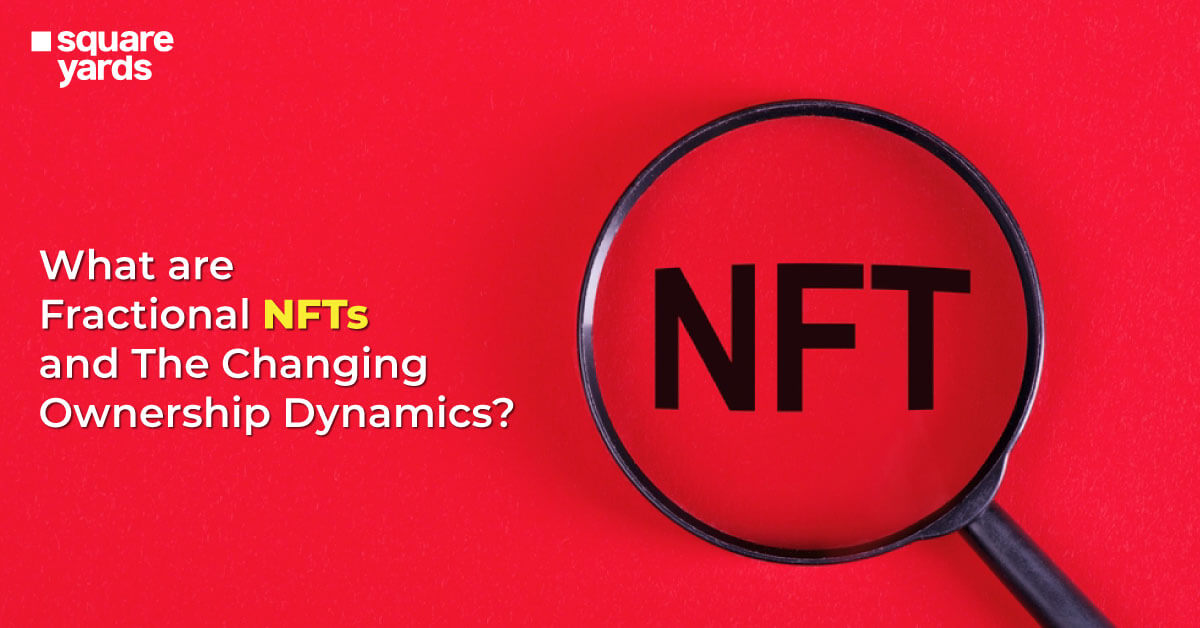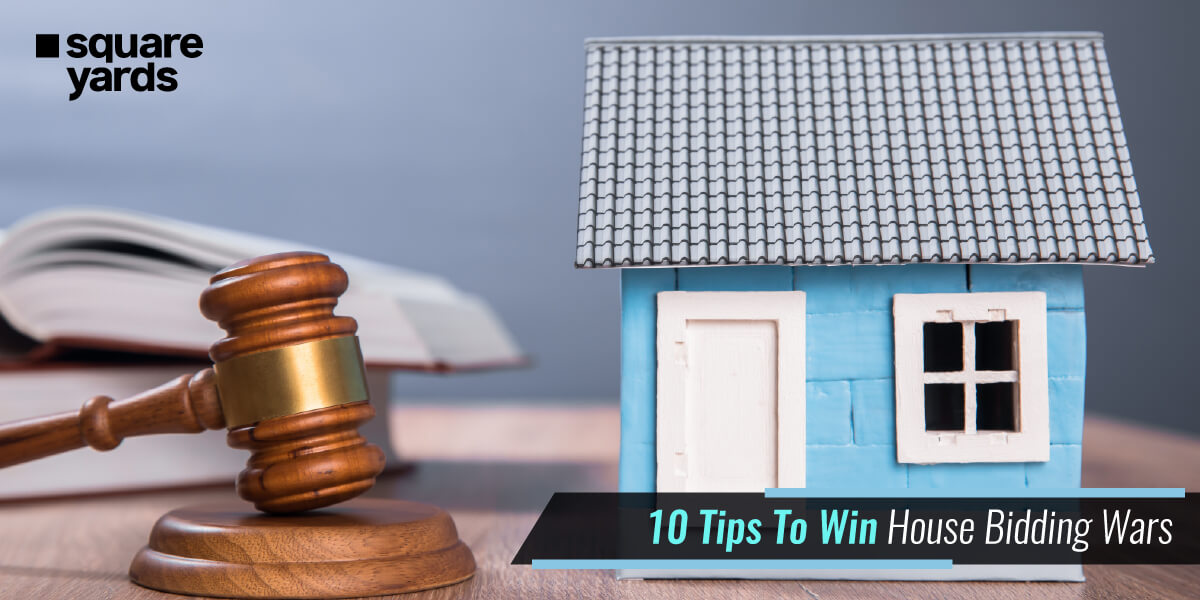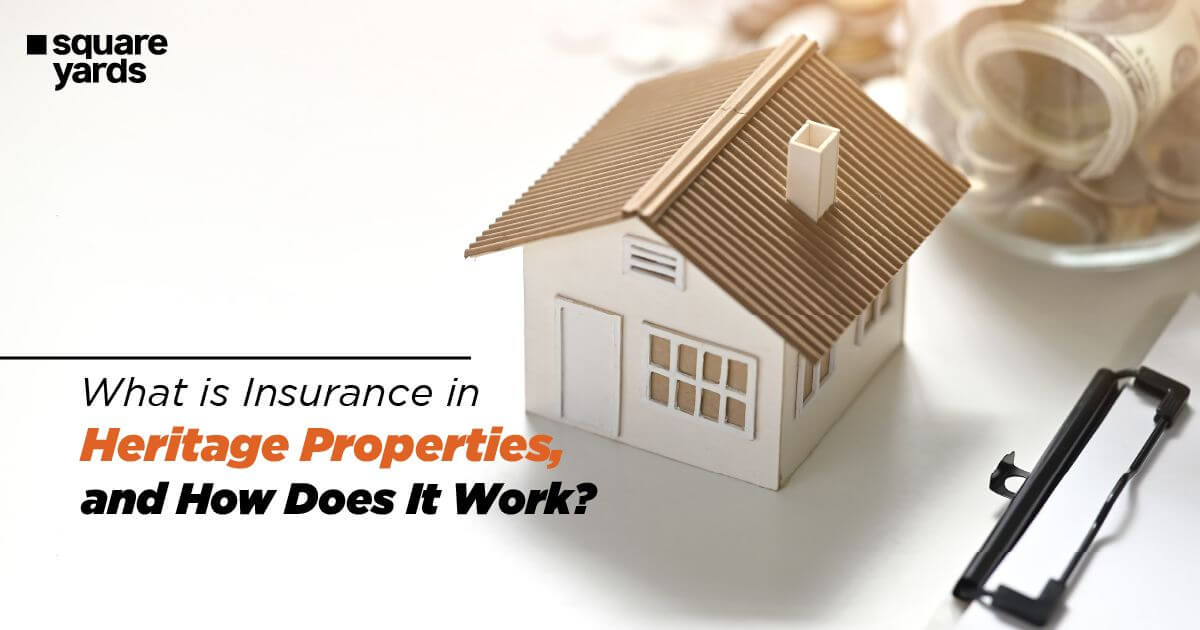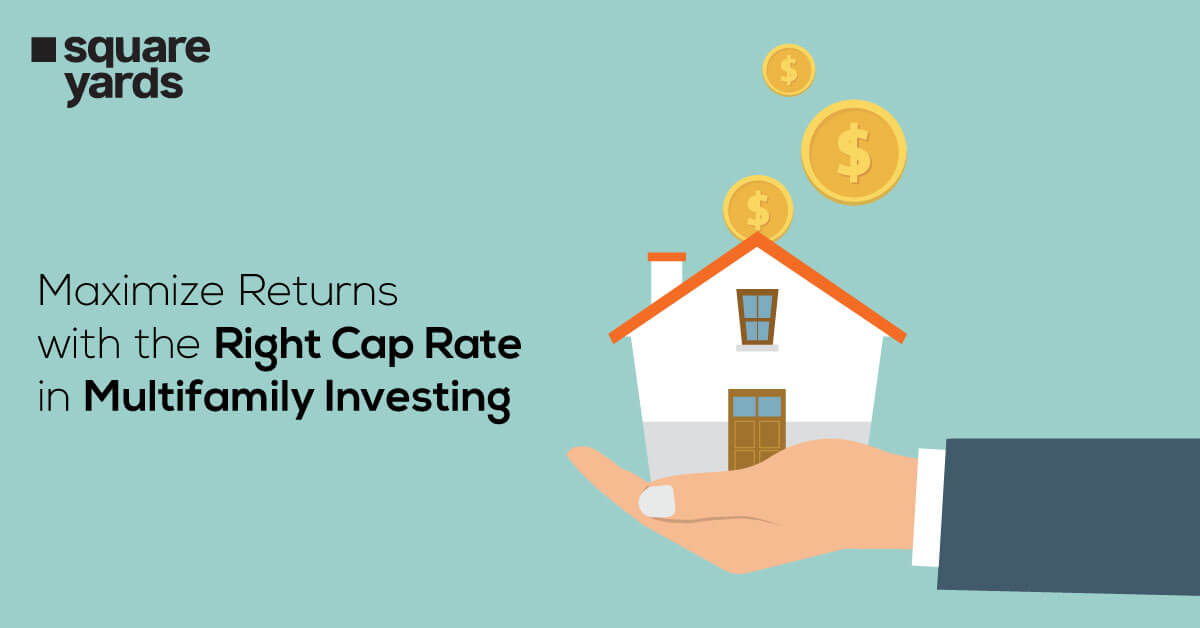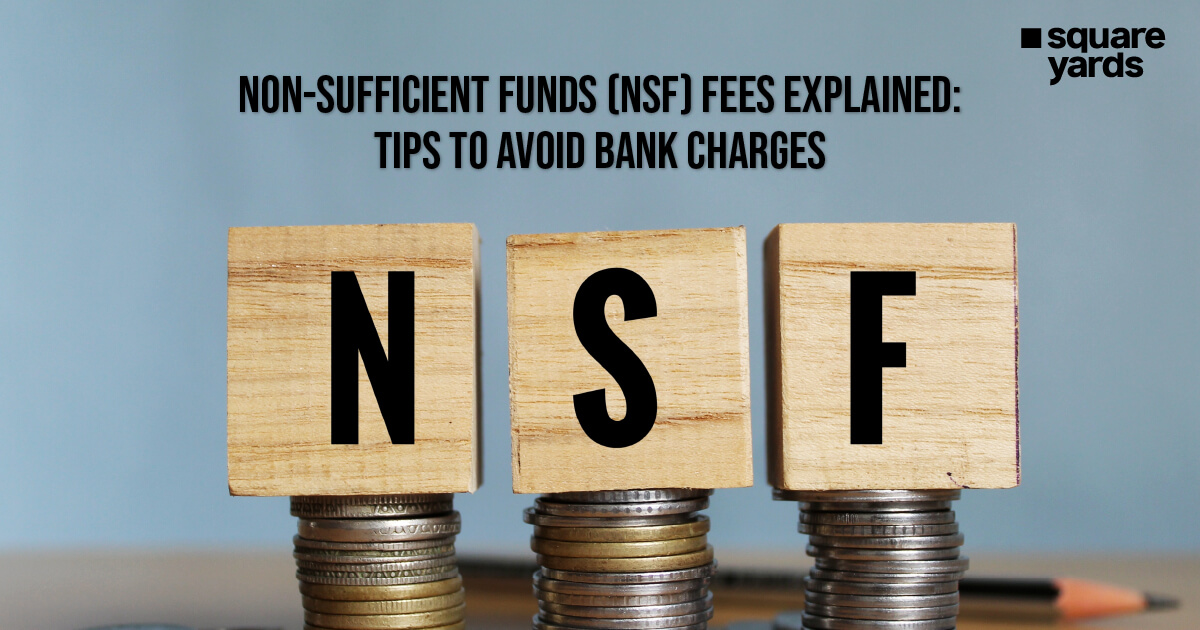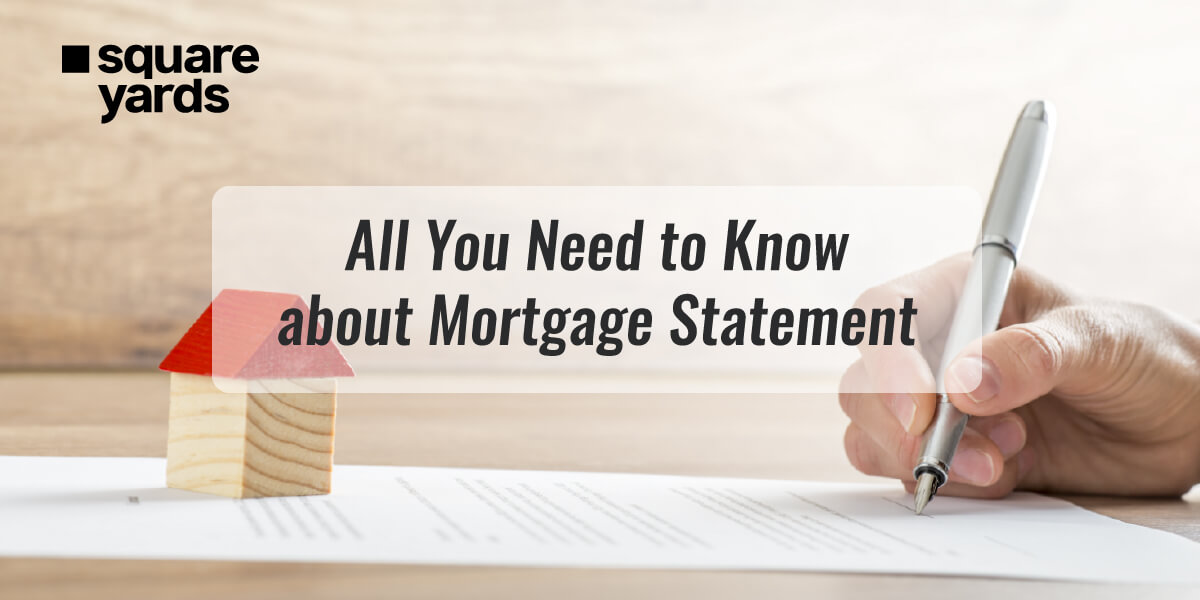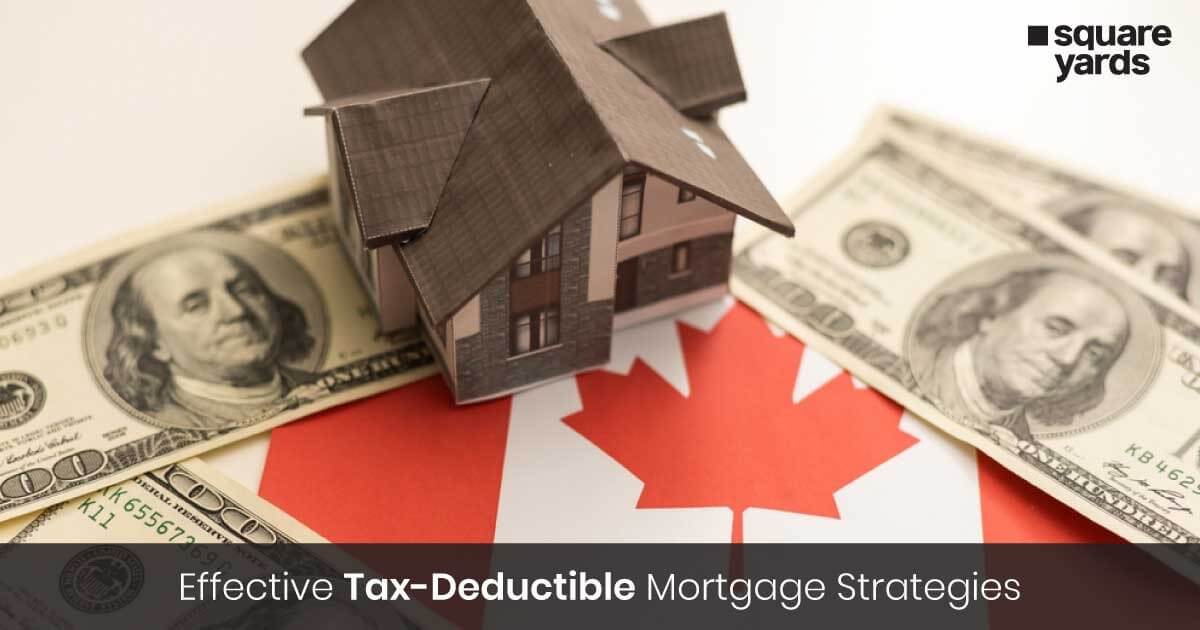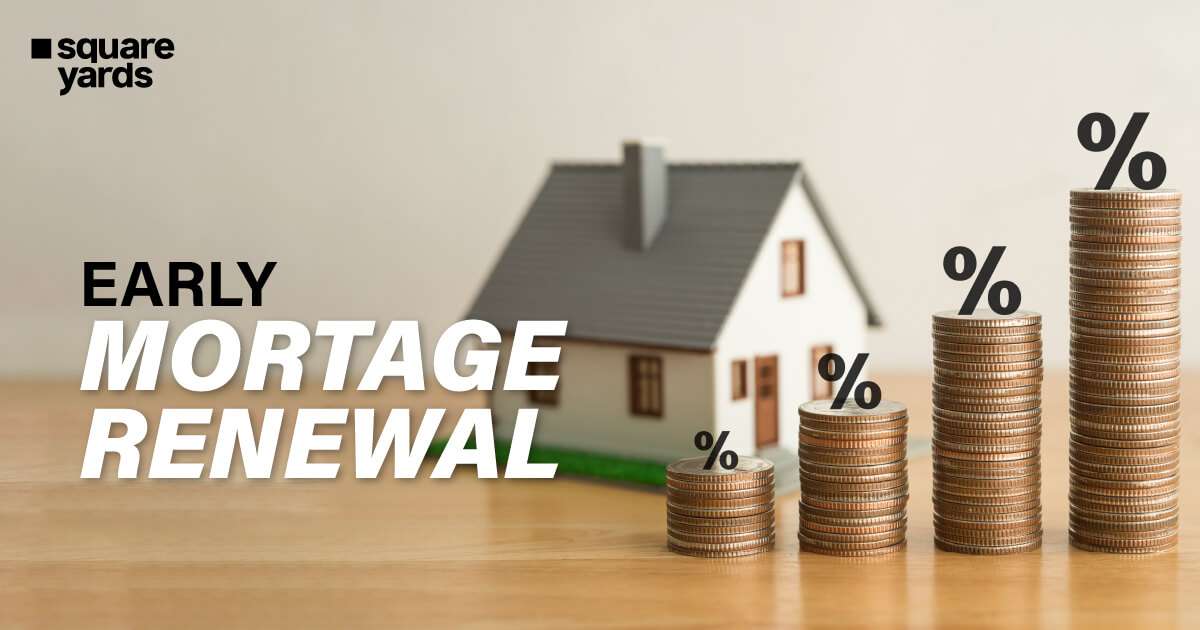A property lien in Canada indicates that the owner has outstanding debts related to the property. It is a public notice attached to the property to inform the borrower of the debt. The lien remains in place until the owner clears the debt. If the owner intends to sell or make significant changes to the property, they must first resolve the debt. This notice serves as a means to ensure fairness and transparency regarding the property’s outstanding financial obligations. Understanding the terms of your loan agreement is an important part of being a well-informed borrower. One key term to be aware of is a lien, which is a legal claim that a creditor has on a property if the borrower fails to make the agreed-upon payments. If you have a mortgage or are considering getting one, it’s essential to understand the concept of a lien.
How Does Property Lien Work?

Property liens are a tool that creditors can use in different circumstances. A property lien is a lawful right to specific property approved by the courts. According to the jurisdiction, a borrower must submit and receive approval via a state agency or country record office. A court can be issued to take back a property, vehicle, boat, or equipment to the owner if they don’t pay their debt on time. A tax lien may also serve as the notice for a government lawsuit against a taxpayer’s assets, such as vehicles, real estate, and bank accounts. A lien notifies the debtor that legal action is being pursued and is usually the first step a creditor takes to seize property. In addition to being associated with liens, the word “levy” also describes the actual taking of property.
The lien gives the lender the right to seize the property if the borrower fails to repay the loan as per the agreement. The most prevalent form of lien occurs when obtaining a mortgage loan for a house. This lien on your property enables you to secure a substantial amount of money through a mortgage loan to acquire such out-of-budget expenses.
Types of House Liens
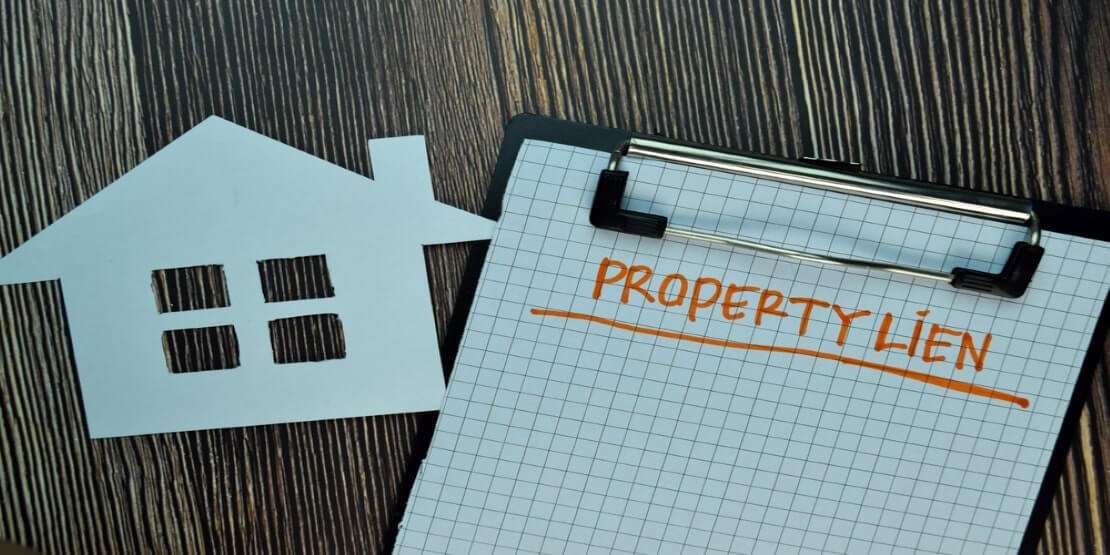
There are various types of liens that can be placed on a property. Some liens, such as mortgage liens, benefit borrowers as they secure loans for significant purchases. On the other hand, tax liens are filed against a property due to unpaid bills.
-
Mortgage Lien
If you fail to pay your taxes, the Canada Revenue Agency (CRA) has the authority to place a lien on your property and other assets in order to ensure that the debt is settled. They are not required to obtain your consent before doing so, but they usually send a letter informing you that they have filed a “certificate of arrears” in Federal Court.
-
Mechanics Lien
A mechanics lien, also known as a construction lien, is filed against a property when work that has been completed is not compensated for. For instance, if you have your roof replaced but fail to pay the roofing company, they can file a lien against your property. Typically, the company will attempt to collect the payment before taking further action. However, if the payment is not received, they may place a lien on your house and file a claim against you in court. The lien can be removed once the outstanding amount is repaid. Construction liens can be registered by subcontractors if the general contractor fails to pay them. It’s important to ensure that all subcontractors have been paid upon completion of a job to avoid any unexpected liens.
-
General Judgment Lien
A general judgment lien can happen if you owe someone money and they take you to court and win. This means the court gives them a legal claim on your property until you pay what you owe. It’s like a security interest the court puts on your stuff to make sure the person you owe gets their money. If you are unable to fulfil the awarded amounts, the court may permit the individual to place a general judgment lien on your property, such as your house, to collect the unpaid amounts. The lien can be removed once the amounts are repaid.
Difference Between Creditors and Property Lien in Canada

A property lien is often the last resort for a creditor trying to collect an unpaid debt. After exhausting other collection efforts, such as working with a debt collection agency, the creditor may place a lien on the property. While this can be an effective way for debt collectors to recover what they are owed, it can also be stressful for the borrower. If a borrower fails to make multiple mortgage payments on a real estate property, the creditor may choose to get a principal property lien. As a result, the property that serves as collateral for the mortgage loan has particular rights granted to the creditor. Furthermore, the creditor can quickly acquire a property lien in the event that the mortgaged property becomes overdue. The lien serves as notice that the creditor plans to take on the property. Given that a primary lien has been established, giving the creditor first priority to reclaim the real estate property for sale to satisfy the debt, the creditor has complete authority to take control of the residence if the debtor is unable to make payments.
In certain situations, a creditor may initiate legal action to establish a property lien in Canada. Two common instances include filing a mechanic’s lien and a judgment lien. A mechanic’s lien may be pursued by a contractor who has provided services for a property, such as a residence or vehicle, and has not received payment from the debtor. This lien confers the labourer with entitlements to the property. In the case of a judgment lien, a creditor can seek to establish a claim on a property of specified worth to offset outstanding expenses arising from a contract for goods or materials.
Lien Release: Explained
Upon the fulfilment of the loan repayment or adherence to the stipulations outlined in the loan agreement, the lien will be discharged. For instance, discharging a mortgage or transitioning to a different lender will prompt the lienholder (i.e., the lender) to release the lien on the property. In the event of a lender switch, a new lien will be recorded for the new lender. In Canada, property liens are recorded with the Land Registry or Land Titles office of the respective province or territory and are accessible through title searches.
Liens on vehicles or other assets are registered with the province or territory and are also discoverable through title searches. When seeking a secured personal loan using property as collateral, the loan search will reveal any existing liens registered against the property. When acquiring a property or vehicle, verifying that the title is free from any encumbrances that the previous owner may have registered is advisable.
Pros of Securing a Loan Against Your Home
First, determine the equity on your home before moving on to the benefits of taking out a loan secured by your house: Your equity is the amount, if you have a mortgage, that separates the assessed value of your house from the amount you owe on your mortgage. In basic terms, the equity is the amount of your house that you own entirely. This equity can be used as collateral for another loan. More money may usually be obtained at a reduced interest rate when you secure your loan with your house as opposed to an unsecured loan.
A secured personal loan might be right for you if:
-
- You want to borrow more money than you can with an unsecured personal loan
- You want to reduce payment amounts to give your budget flexibility
- You want access to a lender’s lowest interest rates
You May Also Read
|
Know The Easement on Property |
|
|
Guide To Freehold Vs Leasehold |
|
|
All About Vacation Home Rentals |
|
|
Know About Selling a House With Tenants |
Frequently Asked Questions (FAQs)
Think of a lien as a 'hold' on your property—like when you buy a car with a loan, and the lender has a claim on it until you've paid off the debt.
Sometimes, many Canadians don't release that there is a lien on their assets until they plan to sell their property. If you want to know about your property lien, check your registries to see if there is a lien on your property.
A mortgage lien is the most prevalent kind of lien. This is a lien that a mortgage lender obtains each time it makes a loan secured by real estate.
The amount of money the bank has frozen or placed on hold in an account is known as the lien amount.
Withdrawing the amount of your lien might not be feasible.
You can request that the lien mark be removed by contacting the bank executive. What is an example of a lien?
How do you find out if there is a lien on my property in Canada?
What is the most common type of lien on property?
What is the meaning of the lien amount?
Can I withdraw the lien amount?
How do I remove a lien from my account?



